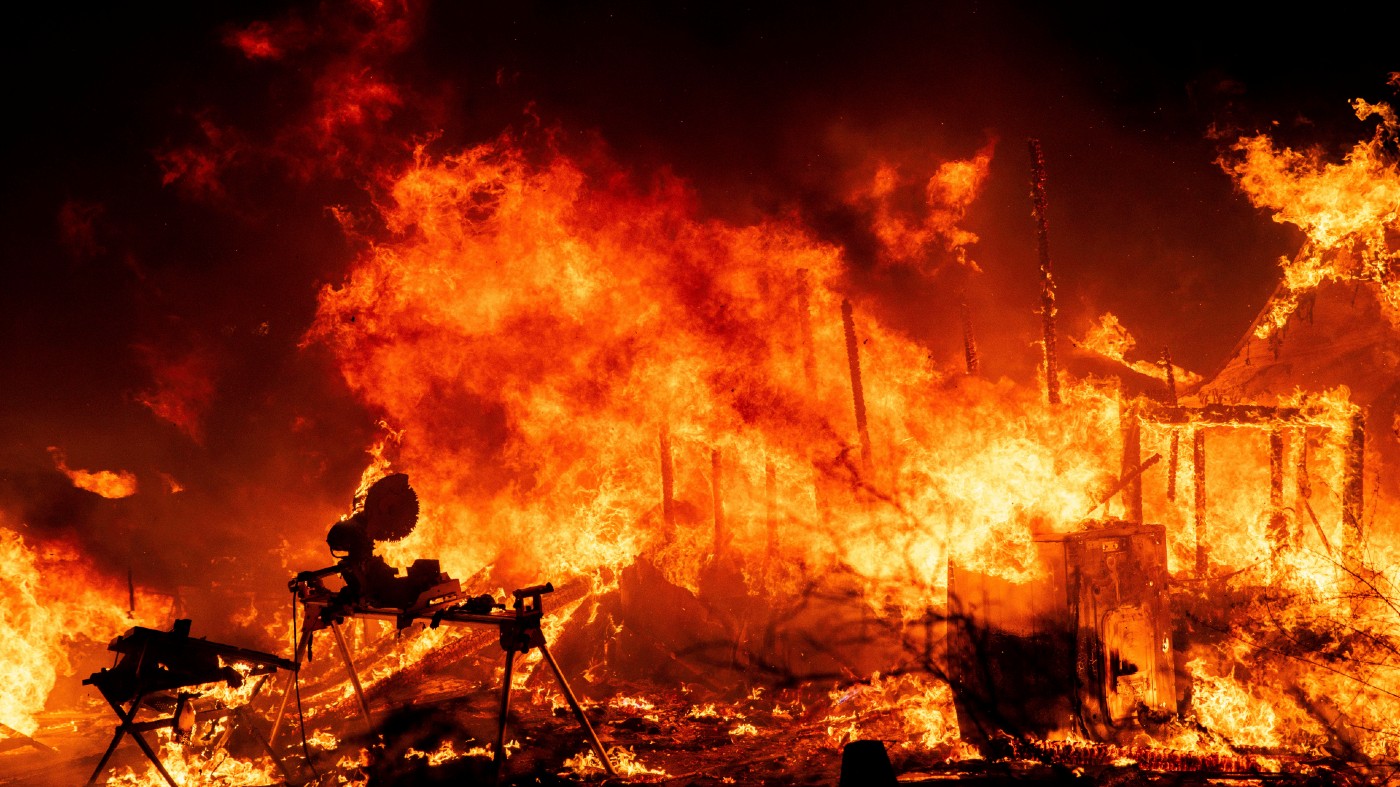The Highland Fire had grown to about 2,487 acres and was only 10 percent contained by late Tuesday night, according to a joint update from CAL FIRE and Riverside County Fire Department.
The blaze had destroyed three structures and injured one firefighter by Tuesday night and led to widespread evacuations across the area.
About 1,220 households and 4,270 residents received mandatory evacuation orders, while an additional 1,136 homes and 3,976 people were facing evacuation warnings as of Tuesday night, Reuters reported.
While fire growth on Tuesday was minimal, officials warned that easterly winds would likely persist in the area through Thursday evening — pushing the blaze in a west-southwest direction.
The Highland Fire is a departure from what had thus far been a comparatively quiet wildfire season for Southern California — due in large part to an unusually wet winter.
“This year, what we have in fact, in many parts of California, is an unusually moist year,” Daniel Swain, a climate scientist at the University of California, Los Angeles, said at a Monday webinar.
“And in the summer, a lot of places in California saw some out-of-season precipitation — Southern California saw its wettest summer on record in most places,” he continued.
Swain acknowledged that extreme fire conditions can still occur in such circumstances with a combination of low humidity and strong winds.
But he stressed that “if the vegetation isn’t dry enough to support extreme fire behavior, you often aren’t going to get it.”
“That’s what we’re seeing this year in California, fortunately,” Swain said.
“It’s a combination, yes, of some good luck — lack of ignitions perhaps in the worst possible places — but also the fact that the vegetation just isn’t extremely dry this year,” he added.
As far as the Highland Fire is concerned, evacuation orders remained in effect on Wednesday, and details about the cause were unavailable, NBC Los Angeles reported.
“Extremely steep and rugged terrain remains a challenge,” a statement from CAL FIRE said.
“Current and expected weather of steady winds with low relative humidity may increase the risk of erratic fire behavior,” the statement added.













